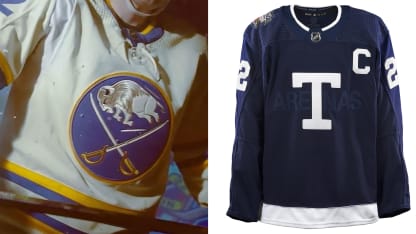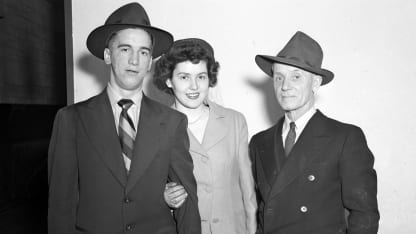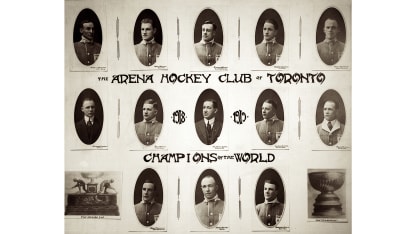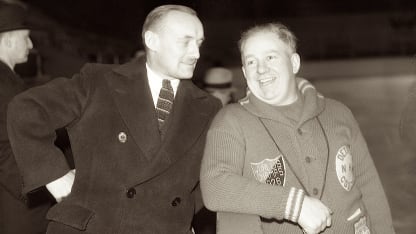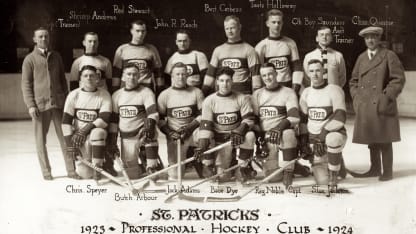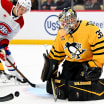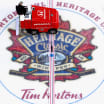In an early 1950s photo at Toronto's Maple Leaf Gardens, future Hall of Famer Ted Lindsay (left), Detroit Red Wings president Marguerite Norris and Bert Lindsay, Ted's father, who played goal for the Montreal Wanderers against the Toronto Arenas on opening night of the inaugural 1917-18 NHL season.
"Wanderers Won From Toronto: Locals Scored a Lucky Victory in Opening Professional Hockey Fixture" set the tone for the paragraphs that followed, only 700 or so fans in attendance, many of them soldiers enlisted in the war.
"That the play was ragged and dragged tediously at times is best shown by the number of goals scored, which also speaks but little for the work of the goalkeepers," the story suggested.
Wanderers goalie Bert Lindsay, father of future Hall of Famer Ted Lindsay, surrendered nine goals and still won. Torontos coach Dick Carroll split the game between Sammy Hebert, who was lit up for five first-period goals, and Art Brooks, who gave up the other five over the final 40 minutes.
"Had either Hebert or Brooks shown any ability to stop shots, the Torontos would have no doubt won, as they had the best part of the play the greater part of the game," the Gazette story continued, the visitor having mounted a furious late rally of three consecutive goals that left them one short of a tie.

